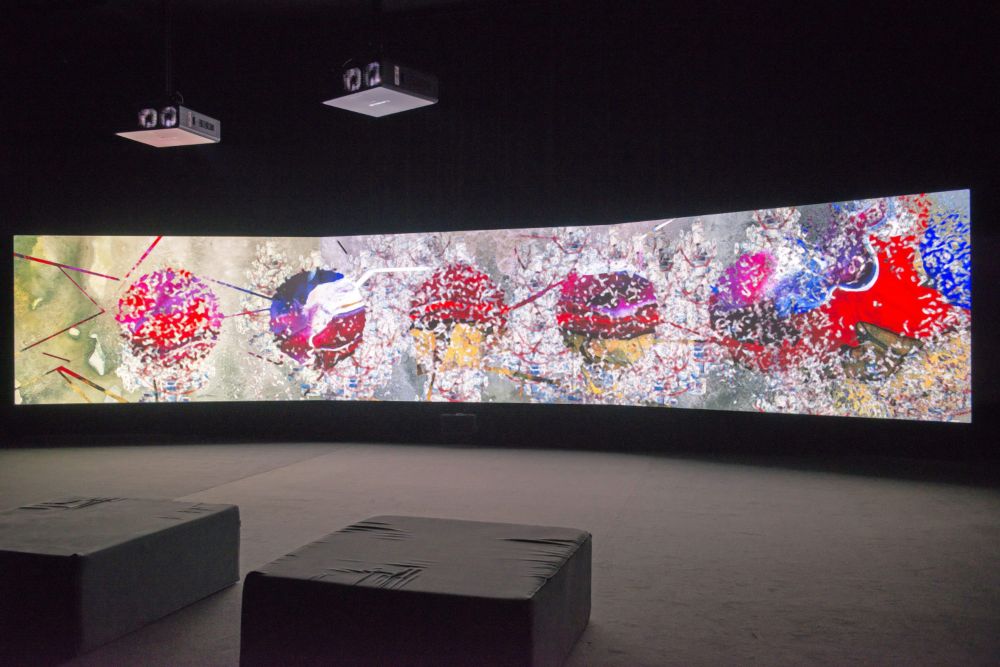
Pera Museum Launches Exhibition Dedicated To Middle Eastern Miniaturists
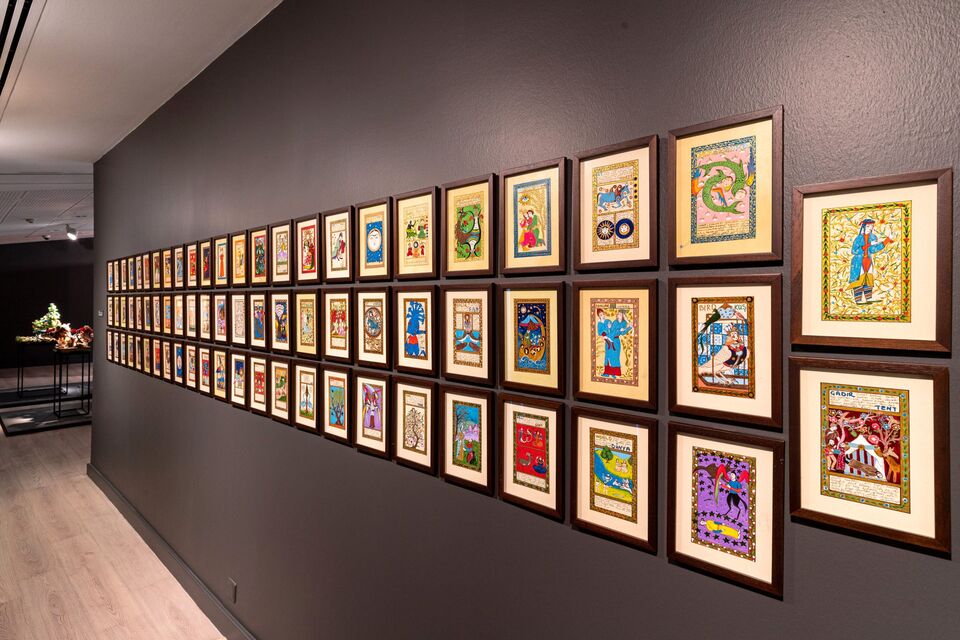
Recognising the traditional miniature’s capacity for carrying multiple narratives and its unique relationship with text and image, Turkish curators Azra Tüzünoğlu and Gülce Özkara are demonstrating the contemporary miniature’s farreaching subversive potential in the Miniature 2.0: Miniature in Contemporary Art exhibition at the Pera Museum in Istanbul.
The show features 14 artists across Turkey, South Asia and the Middle East. Exploring their shared cultural heritage, works by Halil Altındere, Dana Awartani, Fereydoun Ave, CANAN, Hayv Kahraman, Imran Qureshi, Shahzia Sikander, Saira Wasim and others readapt the traditional miniature to delve into colonialism, identity politics, forced migration and representation.
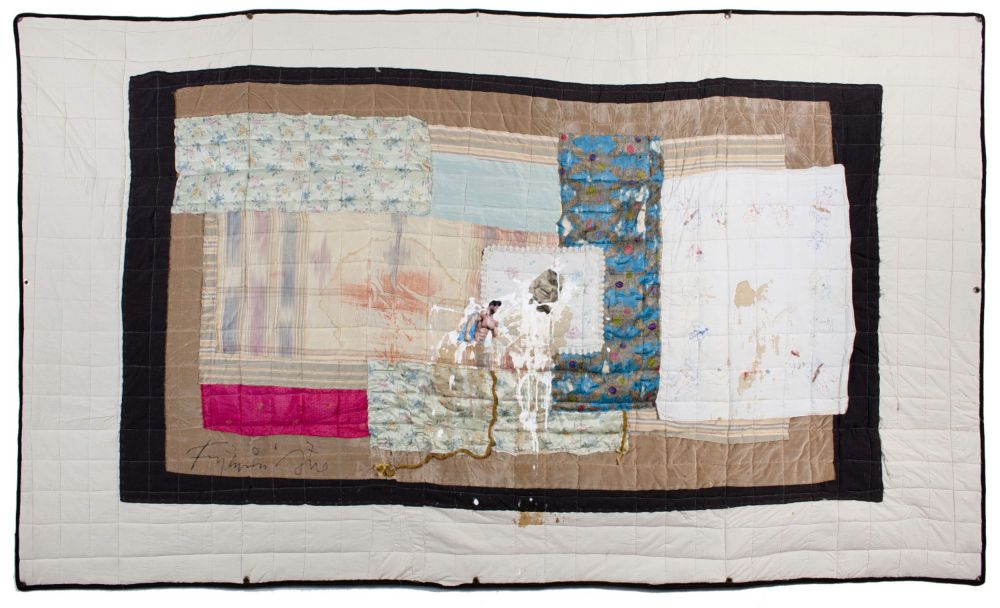 Fereydoun Ave. Untitled. 2018. Mixed media on various cloth duffel. 186x327cm. Courtesy of the artist. Photography by Jalal Hamidi
Fereydoun Ave. Untitled. 2018. Mixed media on various cloth duffel. 186x327cm. Courtesy of the artist. Photography by Jalal Hamidi
Taking reference from renowned Pakistani contemporary miniaturist Shahzia Sikander’s Fleshy Weapons (1997), controversially combining Indian and Pakistani symbology, the exhibition intertwines the work of various Muslim-majority countries, disrupting isolationist politics during the rise of nationalist discourses.
Laden with conceptual meaning since its inception, miniature painting has long held distinctive principles rejecting illusionistic representation. Created collectively, the significance and meaning of a subject-guided miniature painting, instead of its physicality, which utilises an unfolding perspective, is in stark contrast to the European single-point. Today, the miniature, at large, remains frozen in both time and function, serving as an emblem of a past, independent era of glory.
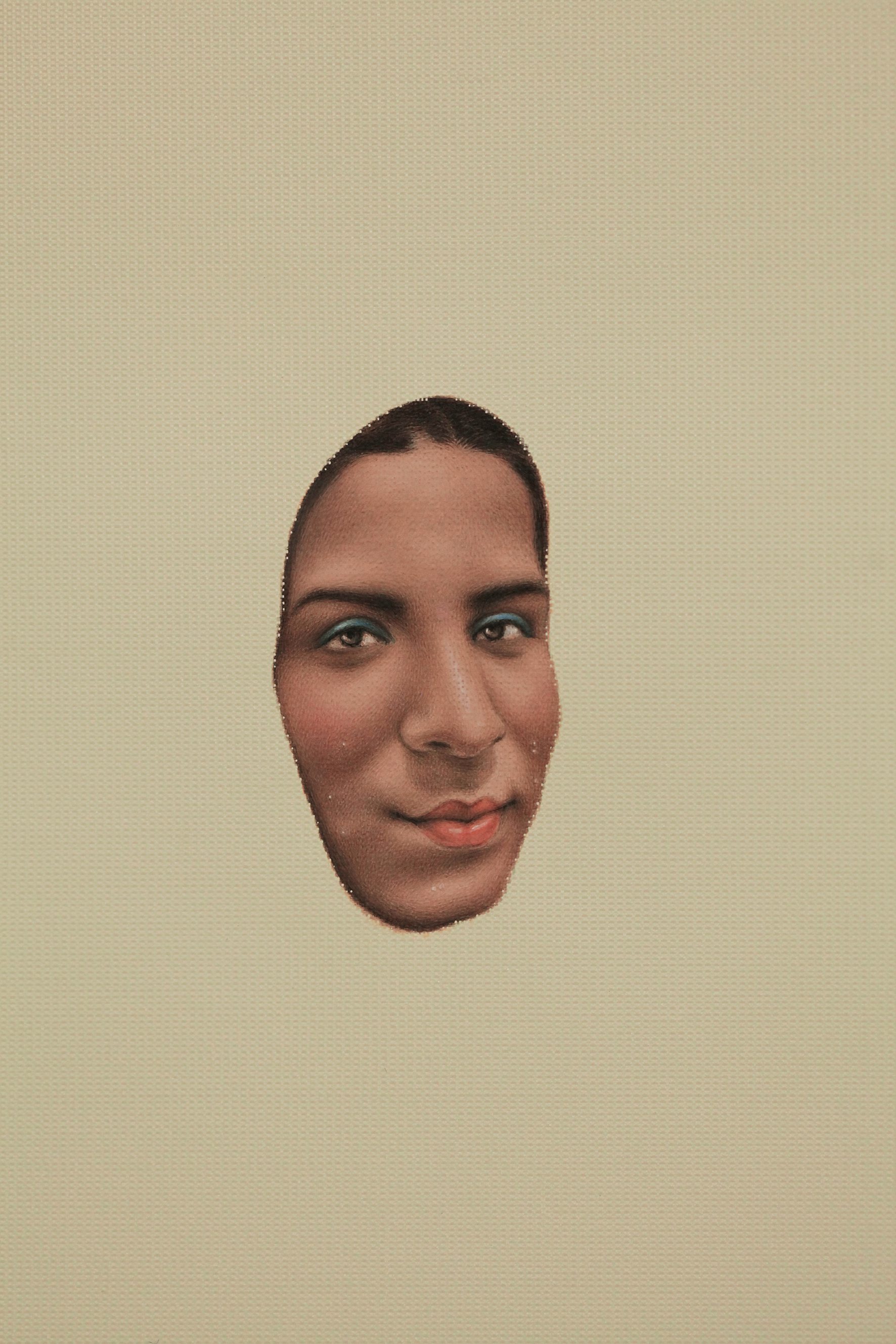 Hamra Abbas. Her Renk I Every Color. 2020. Ink and gouache on silk. 23.5x20cm. Courtesy of the artist and Pilot Gallery
Hamra Abbas. Her Renk I Every Color. 2020. Ink and gouache on silk. 23.5x20cm. Courtesy of the artist and Pilot Gallery
“Miniatures are a foreign area for Turkish contemporary art viewers,” Tüzünoğlu and Özkara summarise. “Apart from the Jameel Prize, there are not many publications and wide-ranging exhibitions that focus on the miniature in contemporary art.”
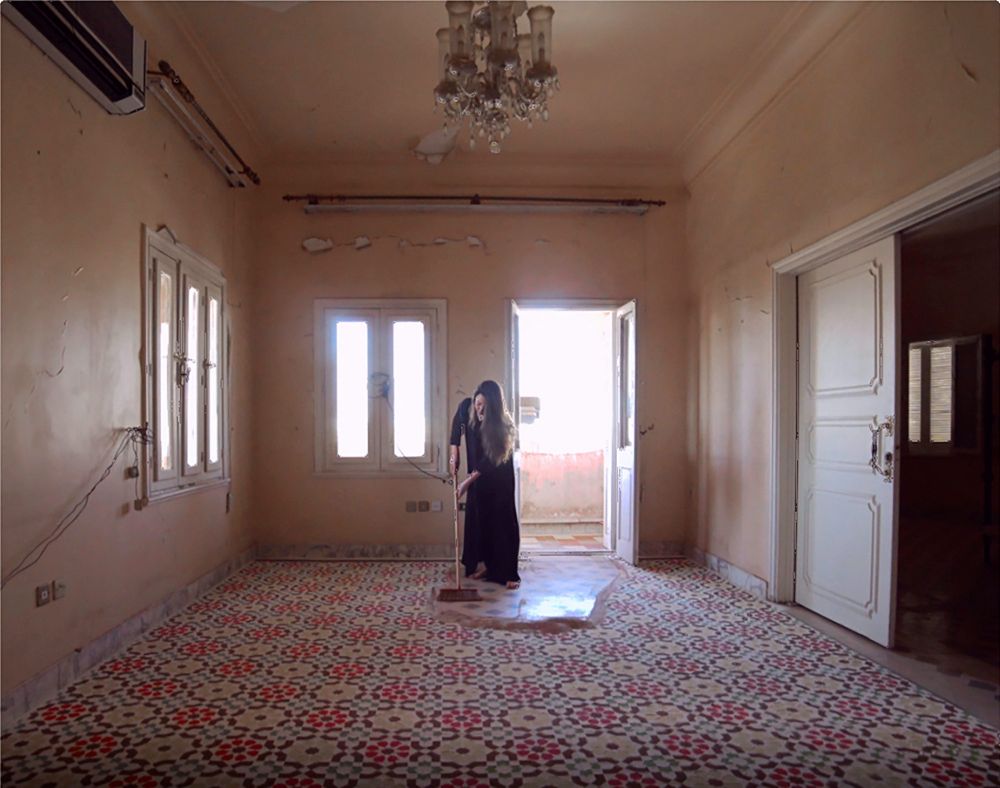 Dana Awartani. I Went Away and Forgot You. A While Ago I Remembered. I Remembered I’d Forgotten You. I Was Dreaming.2017. Mixed media installation
Dana Awartani. I Went Away and Forgot You. A While Ago I Remembered. I Remembered I’d Forgotten You. I Was Dreaming.2017. Mixed media installation
Tüzünoğlu and Özkara, who is currently completing her PhD work on the contemporary miniature art as curatorial activism, approach the contemporary miniature as a uniquely “Eastern” medium, citing Homi K. Bhabha’s ‘closeness of difference’ as an underlying philosophical foundation, and as capable of conjoining ancient histories with the present, with each sustaining the other.
In the exhibition, several works employ the fable, manipulating its pedagogical function and glorification of historical events, such as in Halil Altındere’s Sultan’s Accession to the Throne Ceremony with Drone, which refers to the 1789 painting by Konstantin Kapıdağlı. Similarly, Hayv Kahraman draws from the canonical 13th century texts by Maqamat al Hariri describing everyday life, and inserts her own narratives and female subjects.
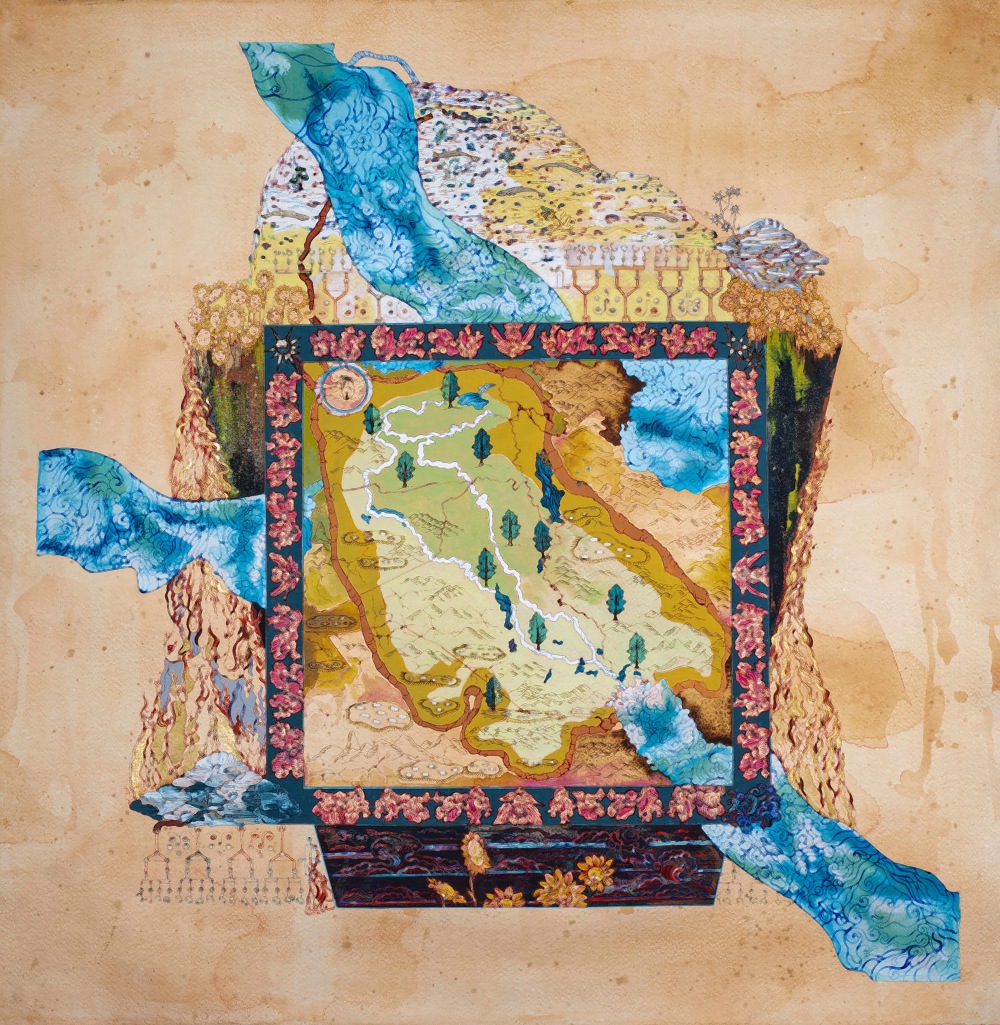
Cansu Çakar. Fictional map of Shatt al Arab. 2019. Gouache, watercolor, ink and gold on paper.
The curators also commissioned an installation called The Beauty and the Beast (The Lion and the Gazelle) by Turkish artist CANAN, depicting the WaqWaq Tree, a prominent feature of Indo-Persian mythology and folklore as a prophetic or carnivorous tree bearing humanoid fruit, which is found in numerous Arabic and Persian manuscripts.
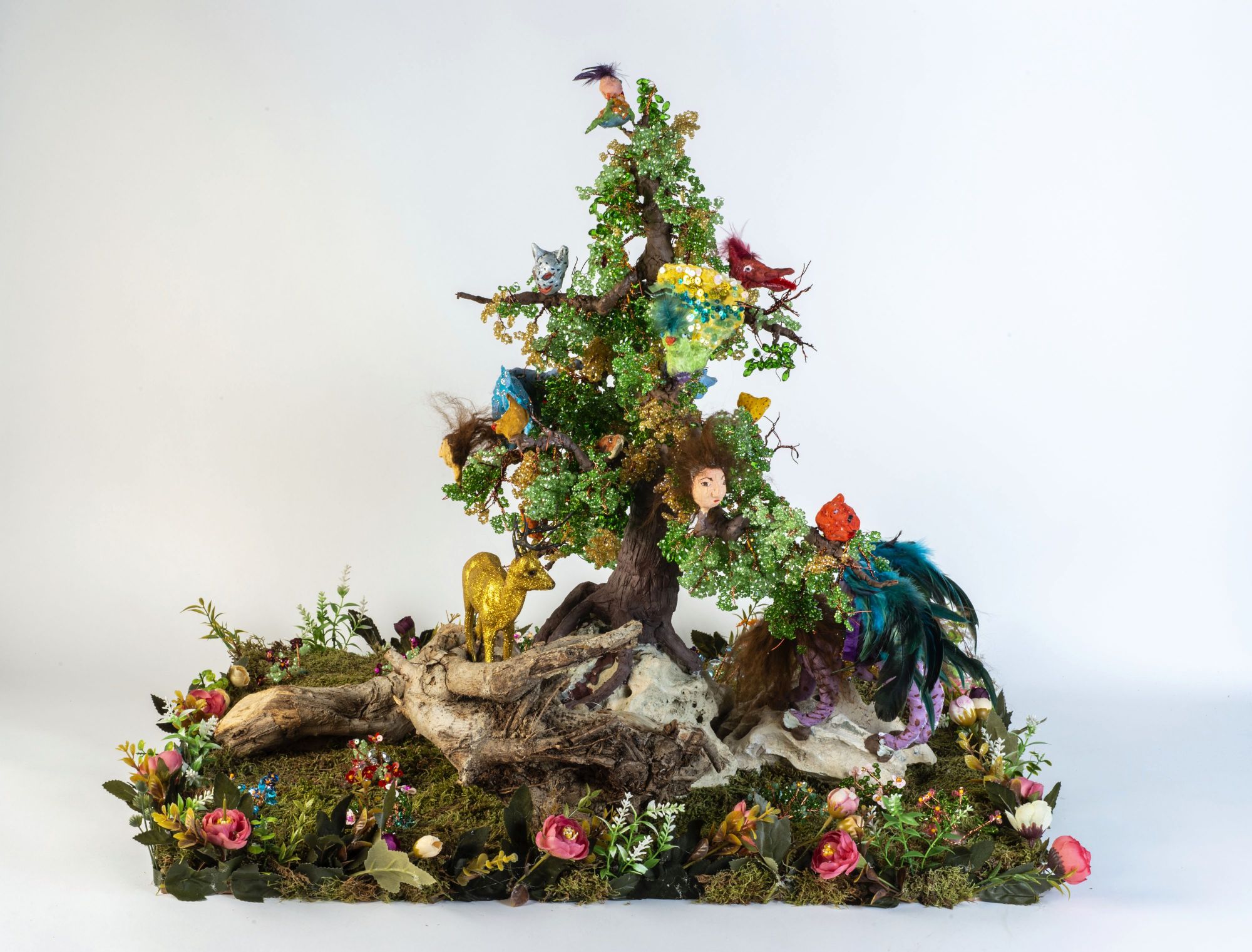 Canan. The Beauty and the Beast (The Lion and the Gazelle).2020. Mixed media
Canan. The Beauty and the Beast (The Lion and the Gazelle).2020. Mixed media
Tüzünoğlu and Özkara also trace the legacy of Miniature Painting Department at the National College of Arts in Lahore and its integral role as a dynamic hub for the medium. Founded in the 1980s, featured artists Shahzia Sikander, Imran Qureshi, Saira Wasim and Noor Ali Chagani all alternately studied and sometimes, taught there.
First shown at the 11th Sharjah Biennial, Sikander’s seminal work Parallax (2013), a three-channel installation made up of digital animations, explores conflict and control in the postcolonial condition by examining the geostrategy of the Strait of Hormuz, through which forty per cent of Middle Eastern oil is shipped.
 Shahzia Sikander. Parallax. 2013. 3 channel HD video animation with 5.1 surround sound
Shahzia Sikander. Parallax. 2013. 3 channel HD video animation with 5.1 surround sound
Alternatively, younger cohort Saira Wasim’s paintings remain anchored in the dreamlike styling of 16th century traditional Iranian miniatures, while being ambivalently embedded with caricatures of right-wing symbols, violent iconography and a weary Madonna and child.
Miniature 2.0 is on show now at Pera Museum until 17 January 2021
Lead image: PERA MUSEUM and THE ARTISTS
No comments:
Post a Comment